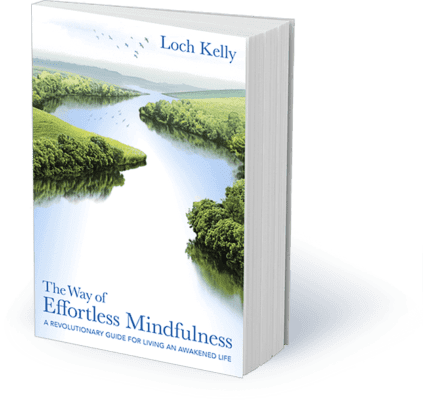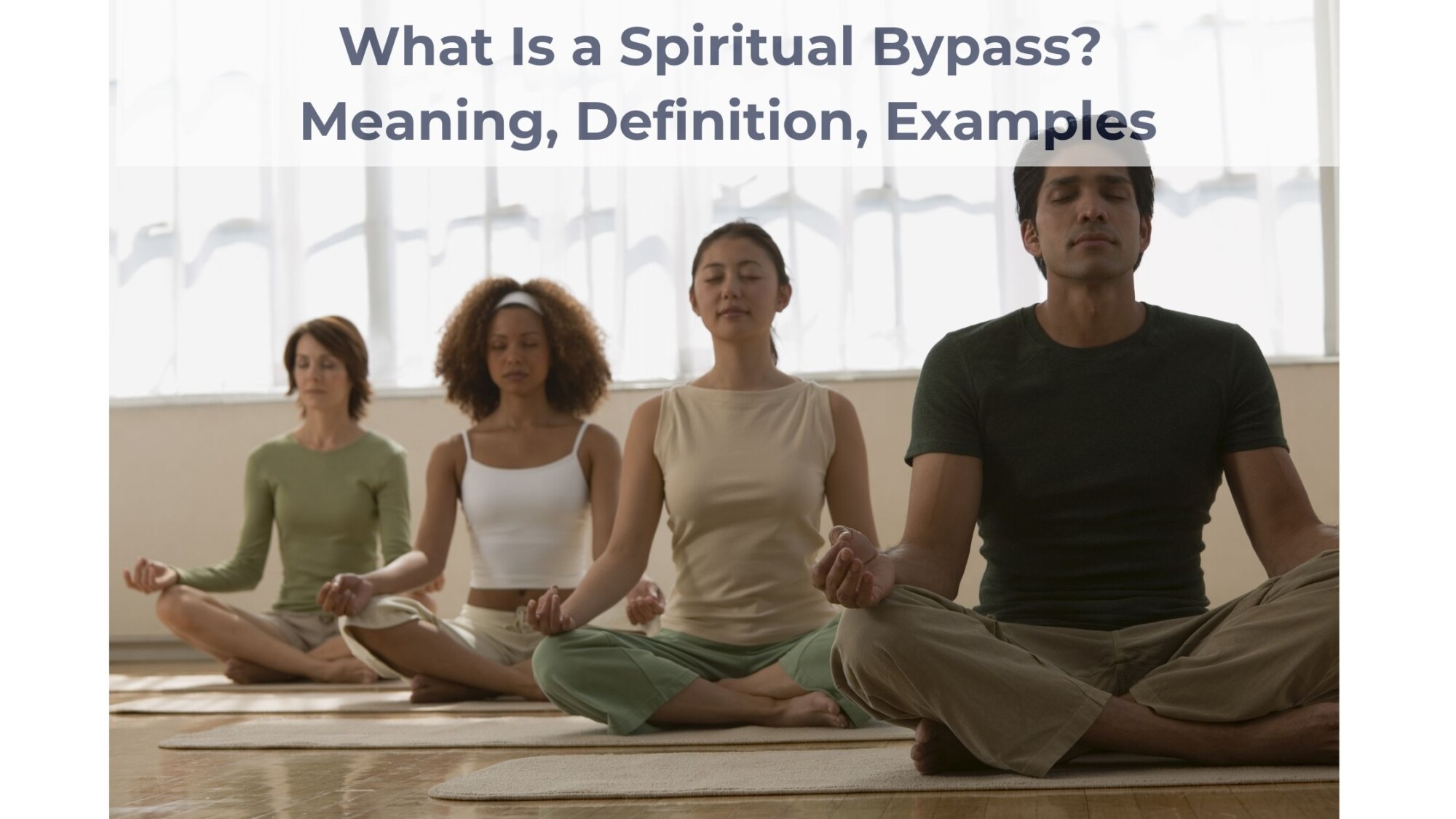You might be asking: If awake awareness as the source of effortless mindfulness is already here, why haven’t I discovered it yet? This is a good question. One reason we don’t discover it is that we don’t have awake awareness on most of our Western psychological maps. Many people who have longed and strived to be free of suffering have missed awake awareness, not because they lacked desire or commitment but because they didn’t know what to look for or where to look.
The Shangpa Kagyu tradition of Tibetan Buddhism gives four insightful reasons we don’t naturally discover awake awareness, which I find quite helpful:
- Awake awareness is so close that you can’t see it.
- Awake awareness is so subtle that you can’t understand it.
- Awake awareness is so simple that you can’t believe it.
- Awake awareness is so good that you can’t accept it.
Awareness of Awareness
In the following glimpse, instead of focusing on what we are aware of, we will have awareness be aware of itself.
This may be something that has never crossed your mind. In learning about using awareness, instead of attention, we will look back to the source of mind, awake awareness, and then focus from there. Instead of following the flashlight of attention out to the movie screen of experience, we see if we can feel awareness directly.
We have learned to experience life as a subject looking at objects, even internal objects like thoughts and emotions. One helpful practice of deliberate mindfulness is called “mental noting.” In the mental noting practice, our mindful witness becomes more precise by labeling thoughts, feelings, and sensations as they arise.
In the mindful glimpse below, we will let go of labeling and instead learn to trust the intelligence of awake awareness. Then we will have awareness feel what awareness is like when it is both the subject and the object. It will be helpful to have this invisible, contentless awareness know itself as we separate the awareness-based knowing from thought-based knowing.
GLIMPSE: Awake Awareness Knows Without Using Thought or Attention
- To begin, simply close your eyes while allowing your awareness to remain open. Feel your breath moving within your body. Feel your whole body from within while noticing your breathing happening by itself for three breaths. Be easy and comfortable. Relax while remaining alert.
- Take a moment to see what is here now. Notice how your body is feeling. Is it uncomfortable, comfortable, agitated, relaxed, tired, or neutral? Just be aware of your body without trying to change it. Just be aware of it as it is.
- Now simply notice what is aware of these feelings and sensations. Feel the awareness in which these sensations are happening. Rather than being aware of sensations, feel the awareness that is aware. Notice that the awareness is not tired, is not in pain, is not agitated or anxious. Feel how this awareness is with your body.
- Now notice the activity of your mind and thoughts. Just be aware of whether your thoughts are agitated, calm, tired, emotional, anxious, or neutral. Without changing anything at all, allow your mind and thoughts to be as they are.
- Now notice the space in which thoughts are moving. Be interested in the awareness instead of the thoughts. Shift to notice not just the content but the context. Feel the awareness that is aware. Notice how awareness allows your mind to be as it is without changing anything.
- Begin to notice that awake awareness is alert, clear, and nonjudgmental. Feel the awareness that is not tired, anxious, or in pain. Notice that awake awareness is all around and inherent within your body and within your mind. Instead of being identified with the states of your body or mind or trying to accept or change them, simply become interested in what is aware.
- What is awareness like that is already accepting of things as they are—right here and now? Notice the awareness of the next sound you hear. Does awareness have a location or size? What is it like to be aware of experiences from this pain-free, spacious awareness?
- Now simply rest as the awareness that is aware of your thoughts and sensations. Hang out as awareness without going up to thought to know or down to sleep to rest. Be the awareness that welcomes your sensations and thoughts. Ask yourself: Am I aware of this spacious awareness? Or, What’s it like when I’m aware from this spacious awareness, which is welcoming thoughts, feelings, and sensations? Notice that the awareness is aware from all around and from within—spacious and pervasive.
- Just let go of focusing on any one thing. Be aware of everything without labeling. Feel that your awareness is no longer knowing from thought. Feel what it is like to be aware from awareness, which includes your thoughts and sensations from head to toe.
- Simply let be and remain uncontracted and undistracted, welcoming without effort.
After you have read these mindful glimpses, I suggest you record any you like in your own voice, at a pace that seems right for you. Then listen to your own voice as it leads you home.
You can also find recorded glimpses in Loch’s audio training guides: Shift into Freedom: A Training in the Science and Practice of Open-Hearted Awareness and Effortless Mindfulness Now.
This post is an adapted excerpt from The Way of Effortless Mindfulness: A Revolutionary Guide for Living an Awakened Life, by Loch Kelly.









